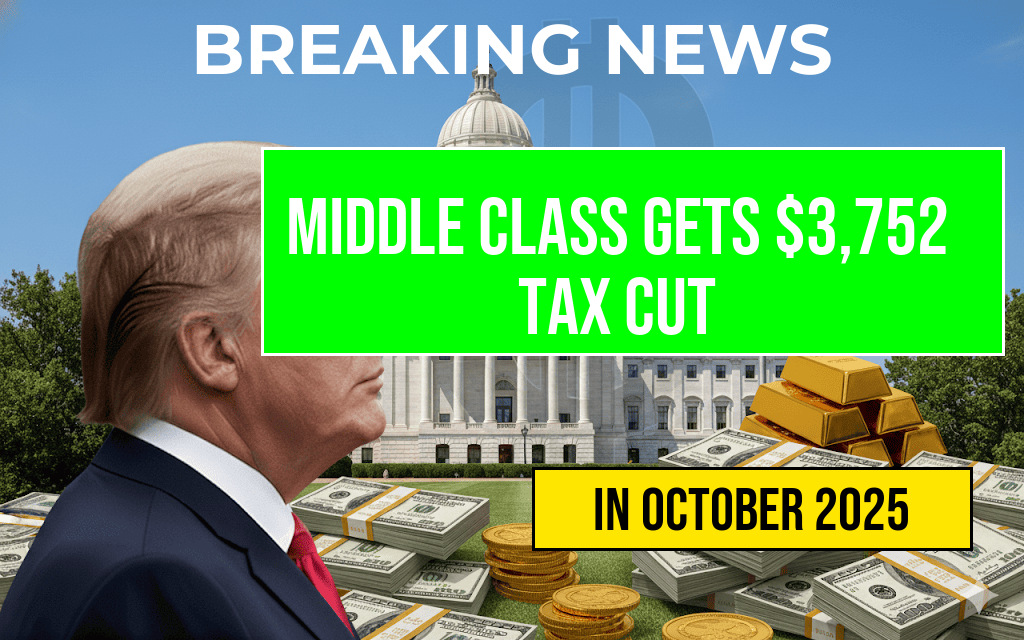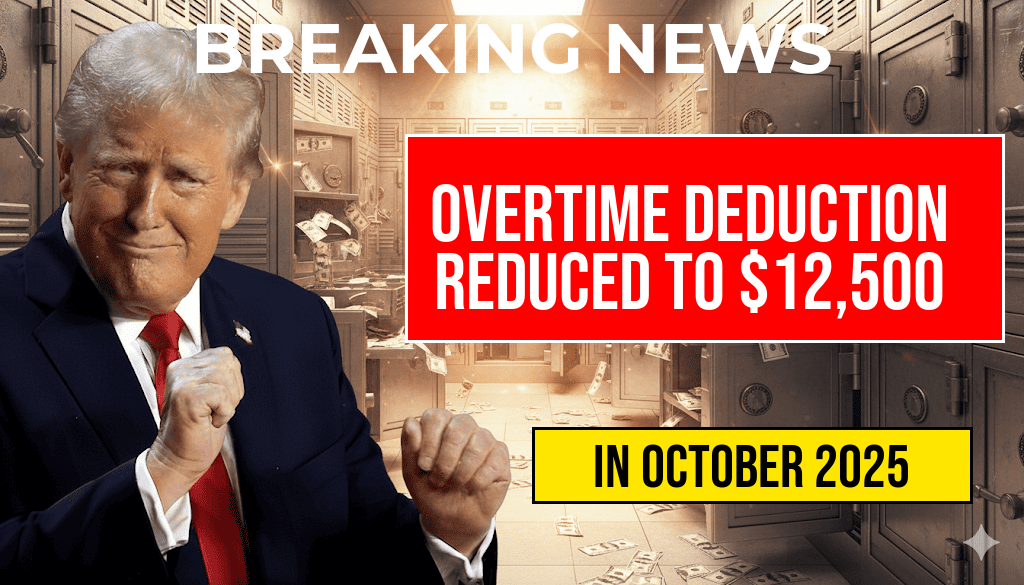A new federal law is providing a significant financial boost to middle-class households across the United States, resulting in an average tax cut of approximately $3,752. This legislation, enacted earlier this year, aims to ease the tax burden for millions of Americans by adjusting tax brackets, increasing deductions, and offering targeted credits. The law’s nationwide scope ensures that middle-income earners in all 50 states benefit from this policy shift, marking one of the most substantial tax relief measures in recent years. As families prioritize financial stability and plan for future expenses, this tax cut is expected to have wide-reaching impacts on household budgets, consumer spending, and local economies.
Understanding the Scope of the Tax Relief
How the Law Works
The new legislation focuses on recalibrating income thresholds and standard deductions to provide more room for middle-class taxpayers. It increases the income brackets for key tax rates, reduces effective tax rates for many filers, and enhances deductions for dependents and homeownership expenses. Additionally, certain credits such as the Child Tax Credit and the Earned Income Tax Credit have been expanded, delivering additional support to families with children and low-to-moderate income workers.
Projected Impact on Households
| Income Range | Average Tax Cut | Number of Benefiting Households |
|---|---|---|
| $50,000 – $75,000 | $4,200 | Approximately 18 million |
| $75,001 – $100,000 | $3,500 | About 12 million |
| $100,001 – $150,000 | $3,000 | Nearly 10 million |
| Above $150,000 | $2,200 | Approximately 8 million |
The data indicates that middle-income households—those earning between $50,000 and $150,000—stand to see the most substantial benefits. The cumulative effect of these adjustments is an average tax reduction of $3,752 per household, translating into billions of dollars in savings nationwide.
State-by-State Variations
Uniform Benefits with Local Variations
While the law provides uniform federal provisions, the actual financial impact varies depending on state income tax policies, local cost of living, and individual household circumstances. For example, states with higher state income taxes or property taxes may see less of an apparent benefit after accounting for local levies. Conversely, states with lower tax burdens or more generous local deductions could amplify the effect of the federal relief.
State-Level Adjustments and Considerations
- California and New York households may experience smaller net savings due to higher state taxes but still benefit significantly from increased federal deductions.
- Texas and Florida households benefit from no state income tax, making the federal tax cut more directly impactful on disposable income.
- States with property taxes, such as New Jersey and Illinois, see additional relief through expanded deductions for mortgage interest and property taxes.
Economic Implications and Public Reception
Consumer Spending and Economic Growth
Economists anticipate that the increased disposable income will lead to heightened consumer spending, supporting local businesses and potentially spurring broader economic growth. The Congressional Budget Office (CBO) projects a modest boost to GDP over the coming year as households allocate additional funds toward savings, debt repayment, or consumption of goods and services.
Public Response and Political Discourse
The legislation has received mixed reactions from policymakers and advocacy groups. Supporters highlight the measure’s fairness and its targeted approach to alleviating middle-class financial pressures. Critics, however, argue that the benefits may be unevenly distributed and that the law does not address underlying issues such as wage stagnation or rising living costs. Nonetheless, for millions of families, the tax cut offers immediate relief and a welcome boost to their annual budgets.
Looking Ahead
Monitoring Long-Term Effects
Tax experts and policymakers will closely track the legislation’s impact over the next several years. Key indicators include changes in household savings rates, consumer confidence, and overall economic activity. Additionally, ongoing adjustments to tax policies may further refine benefits and address emerging fiscal challenges.
Resources for Taxpayers
- IRS Tax Withholding Estimator – To help households plan and optimize their withholding for maximum benefit.
- Taxation in the United States (Wikipedia) – For a comprehensive overview of federal and state tax systems.
- Forbes: New Tax Laws 2024 – Analysis and detailed breakdown of recent changes.
Frequently Asked Questions
What is the main benefit of the new law for the middle class?
The new law provides the middle class with an average tax cut of $3,752 across all 50 states, helping to reduce their overall tax burden.
Which groups of taxpayers are eligible for the tax cut under this law?
The middle class taxpayers in all 50 states are eligible for the tax cut, aimed at providing financial relief to families and individuals within this income bracket.
How does the law impact taxpayers across different states?
The law offers a uniform tax cut of $3,752 on average for middle class taxpayers, ensuring consistent benefits regardless of the state they reside in.
When will taxpayers start to see the tax benefits from this law?
Taxpayers will begin to see the benefits during the upcoming tax season, as the new law is implemented and reflected in their tax filings.
Are there any specific requirements to qualify for the tax cut?
Qualification is based on income level typical of the middle class, with specific thresholds set by the law, ensuring that the tax relief targets those most in need within this income group.







